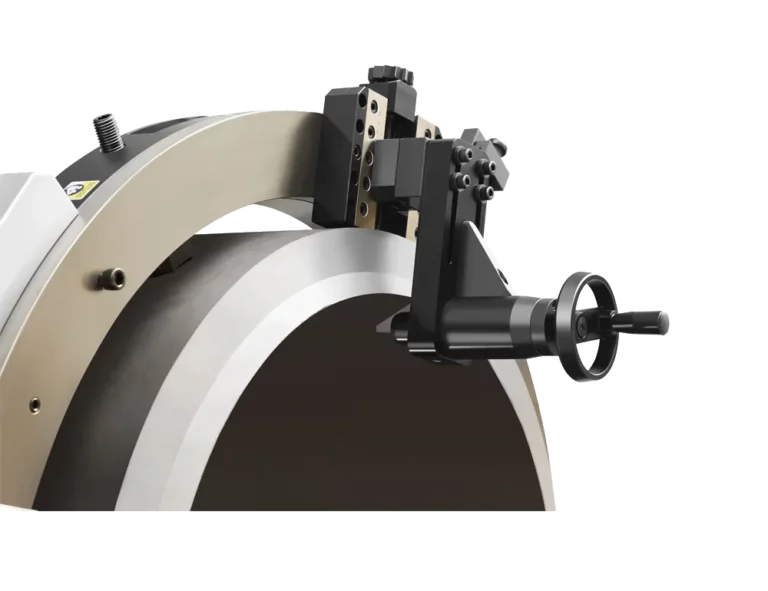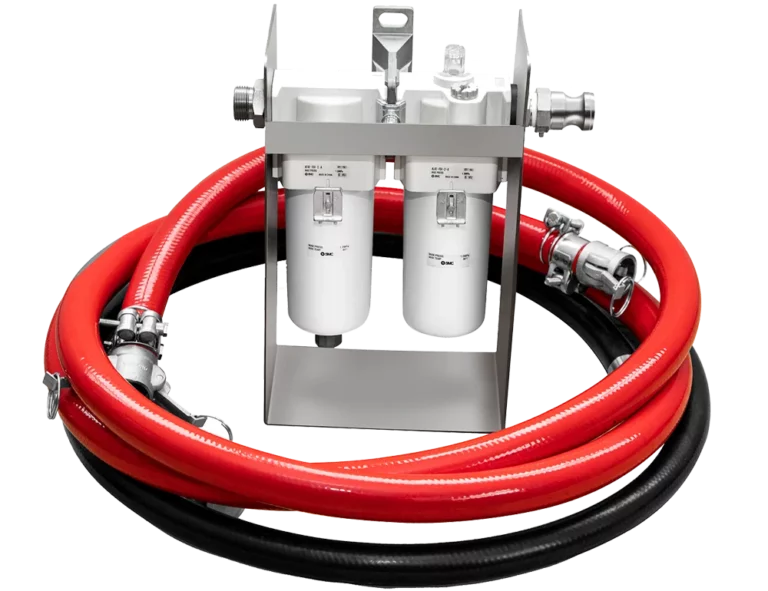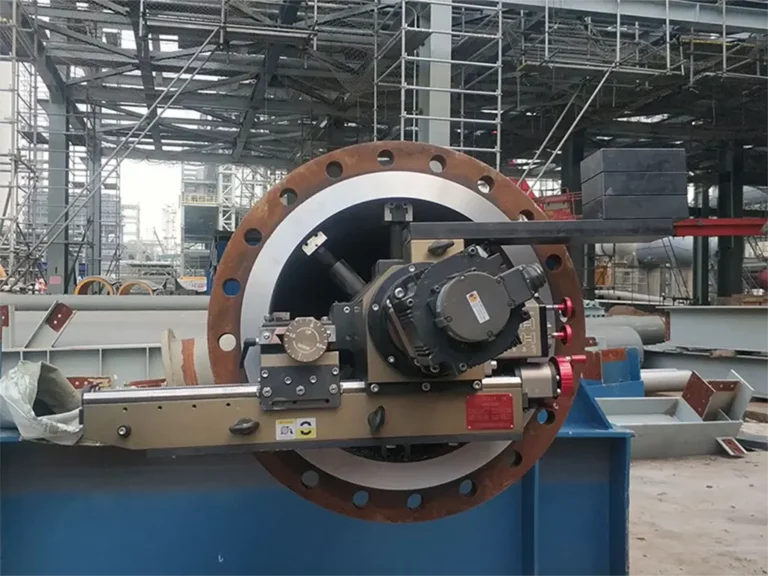
Maximierung der Effizienz mit dem manuellen Flanschfräser MFF350: Ein umfassender Leitfaden
Das Plandrehen von Flanschen ist ein wesentlicher Prozess bei der Wartung und Reparatur von Rohren und anderen Industrieanlagen. Der manuelle Flanschdreher MFF350 bietet eine komfortable, effiziente und kostengünstige Lösung für Flanschdreharbeiten. Mit seinem handbetriebenen Betrieb und einem Spannbereich von 27,8 mm bis 26,9 mm ist der MFF350 für eine Vielzahl von Wartungs- und Reparaturanforderungen vor Ort konzipiert.














